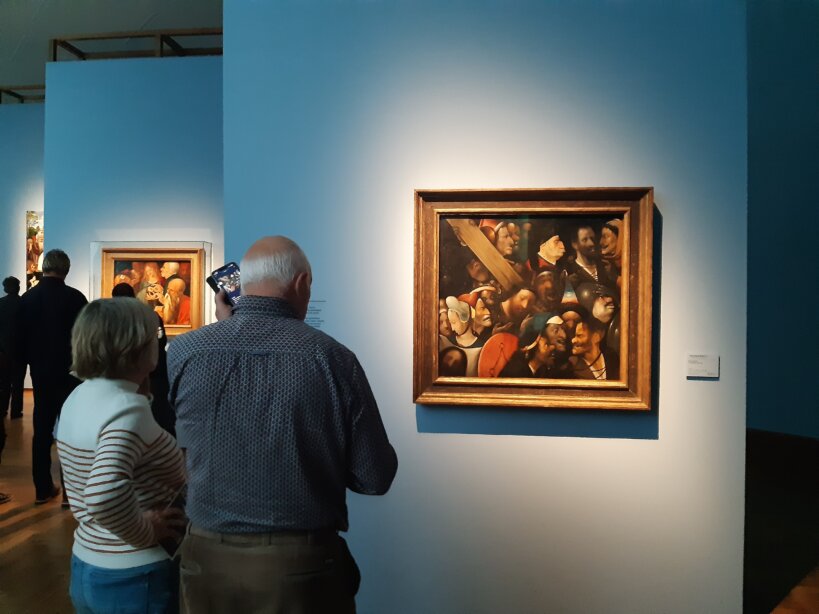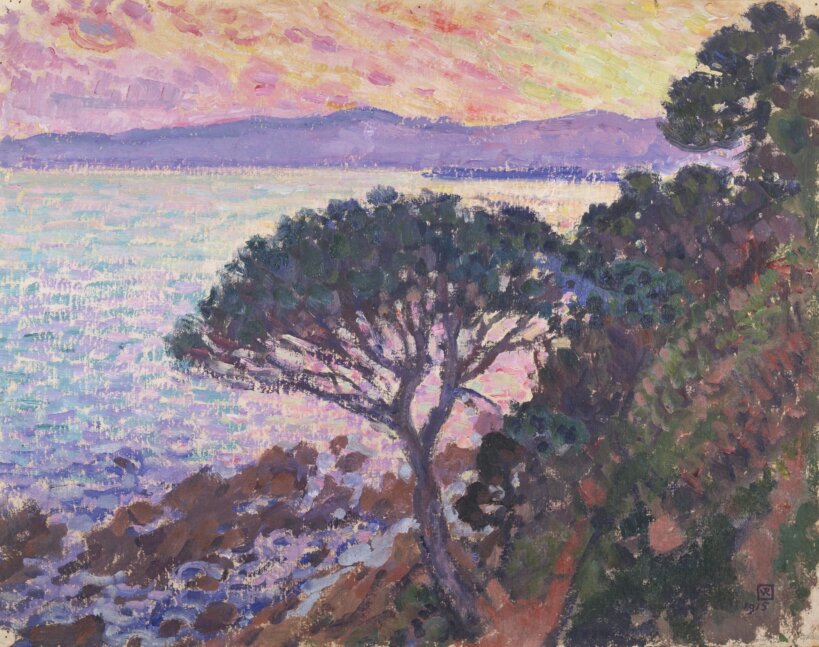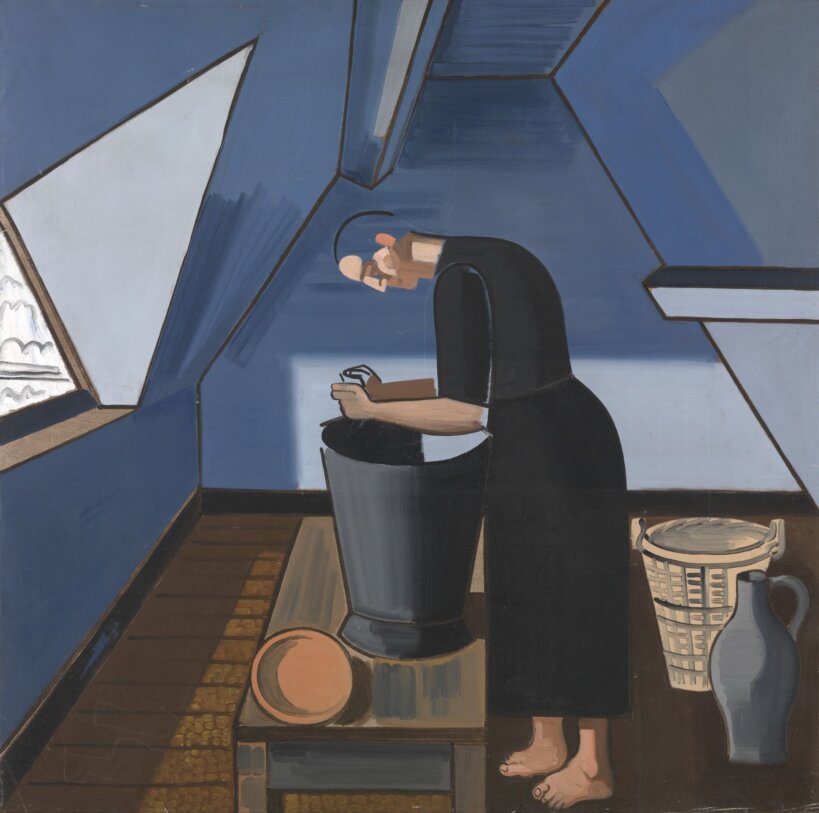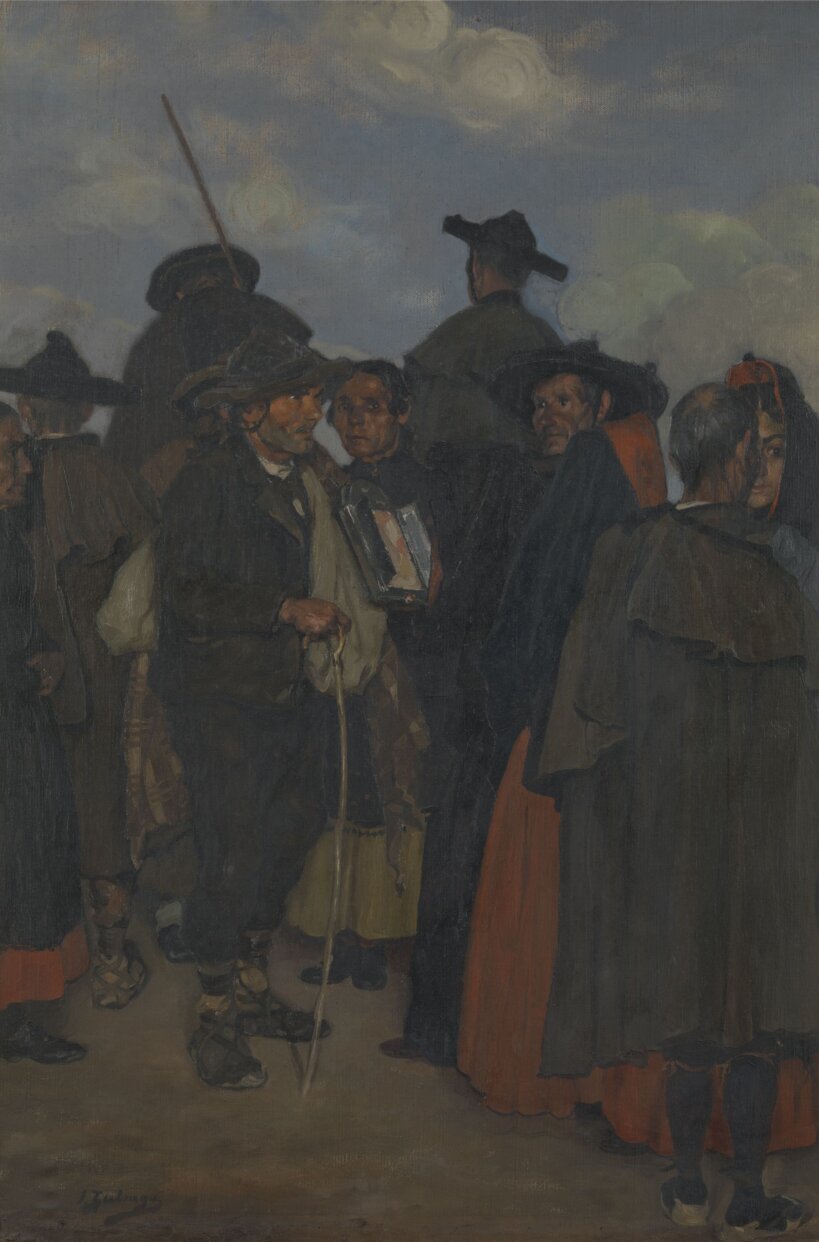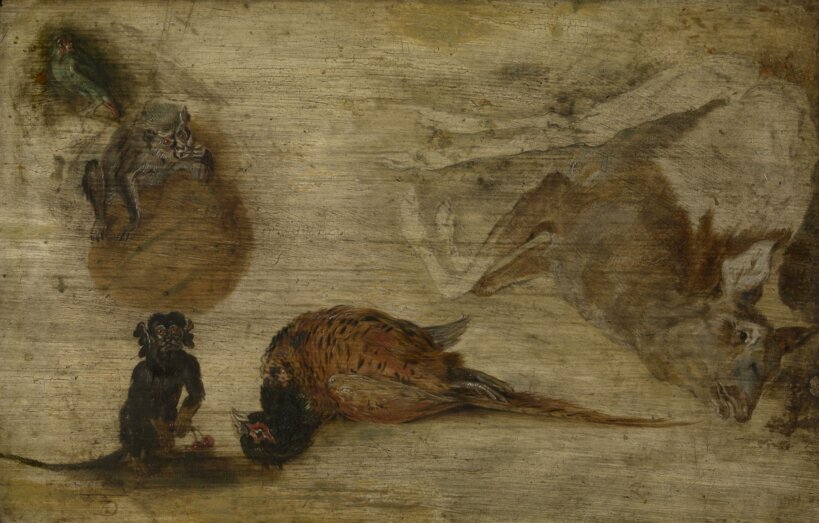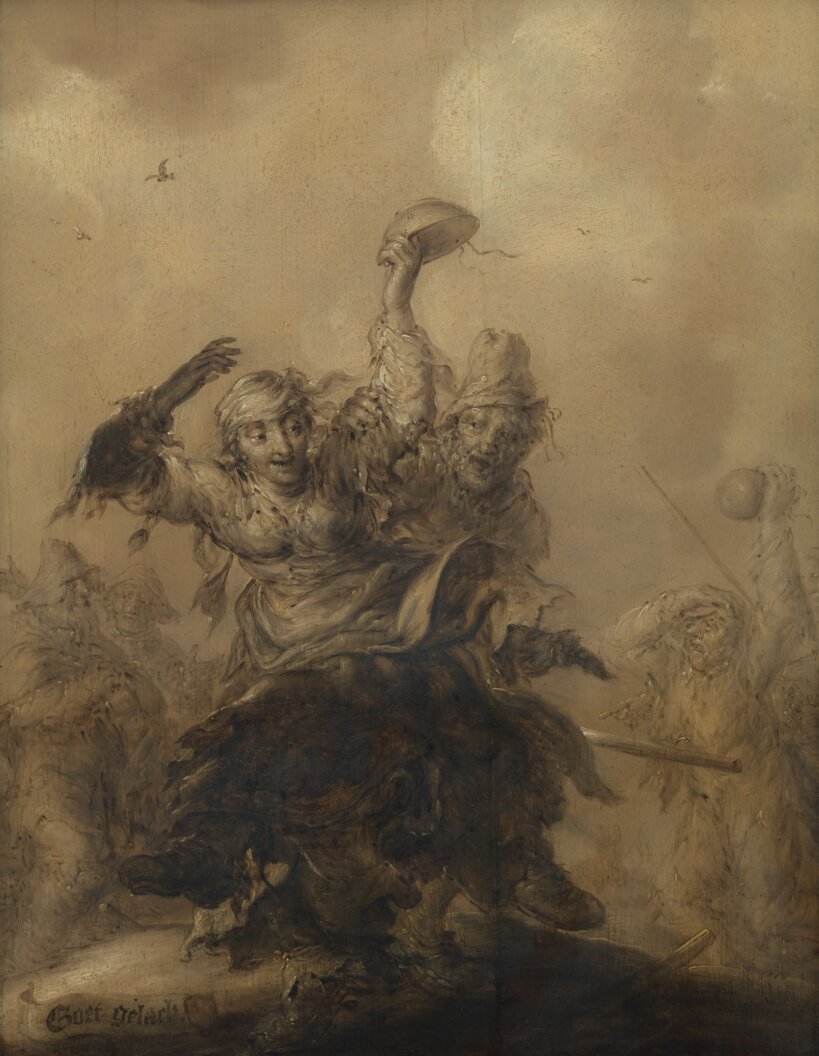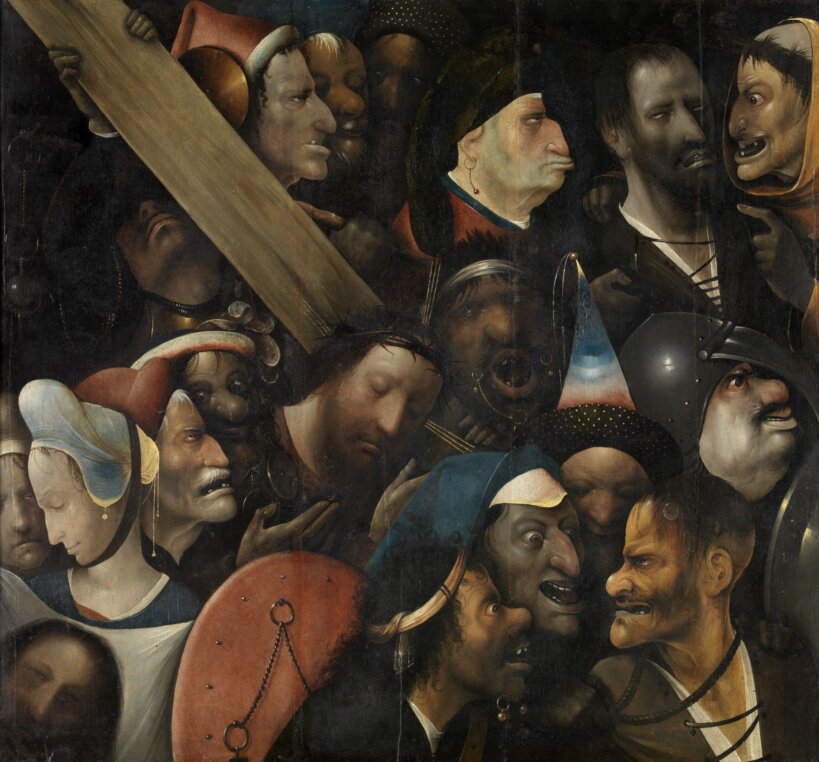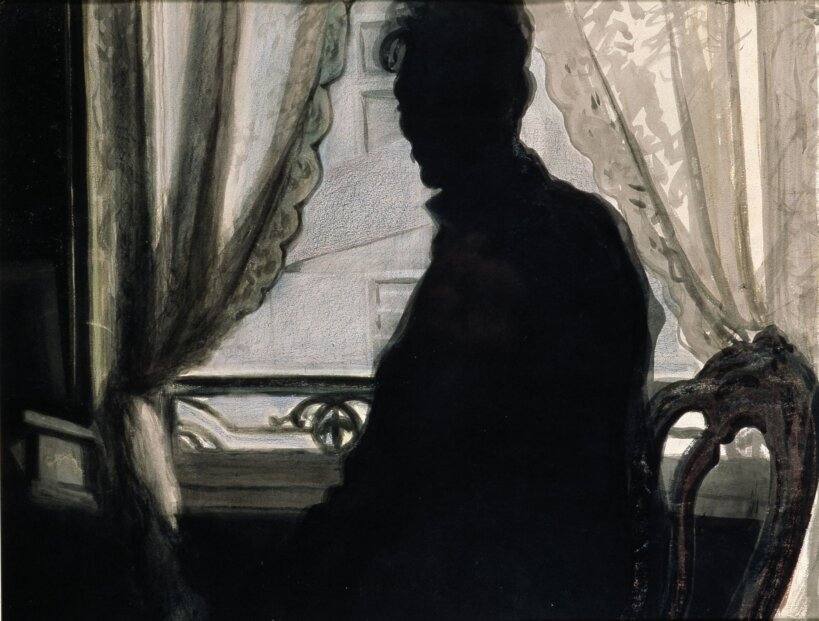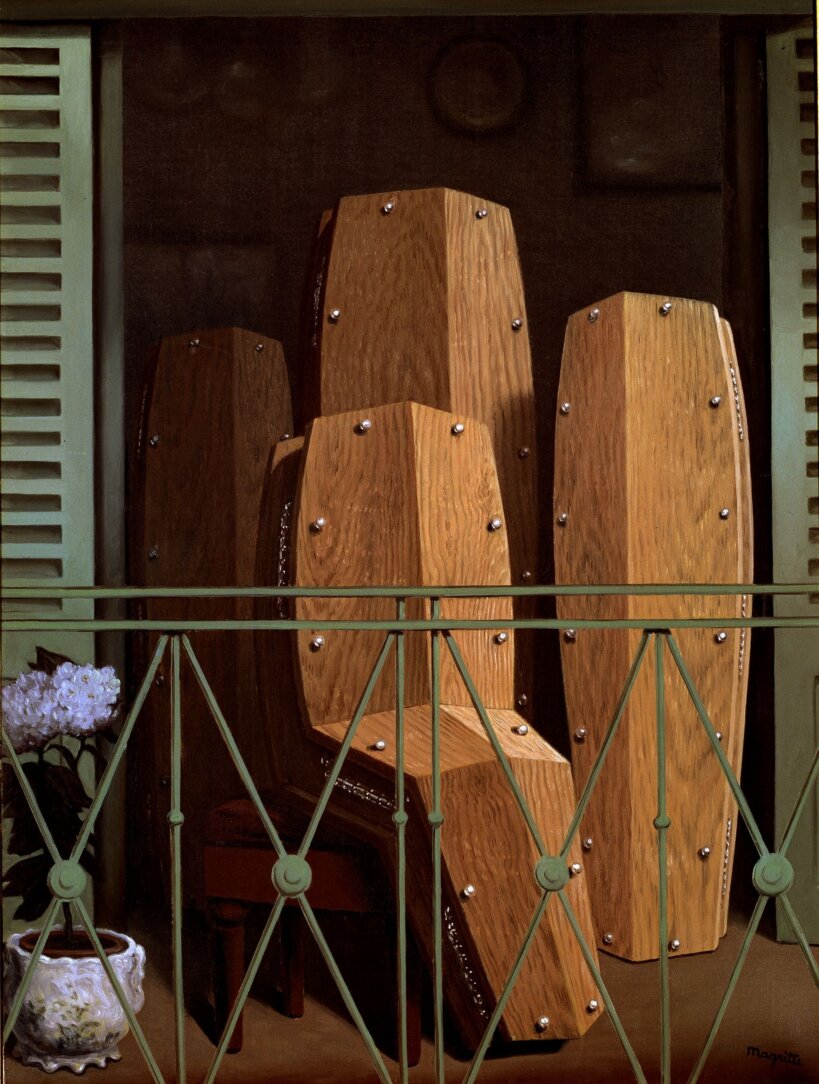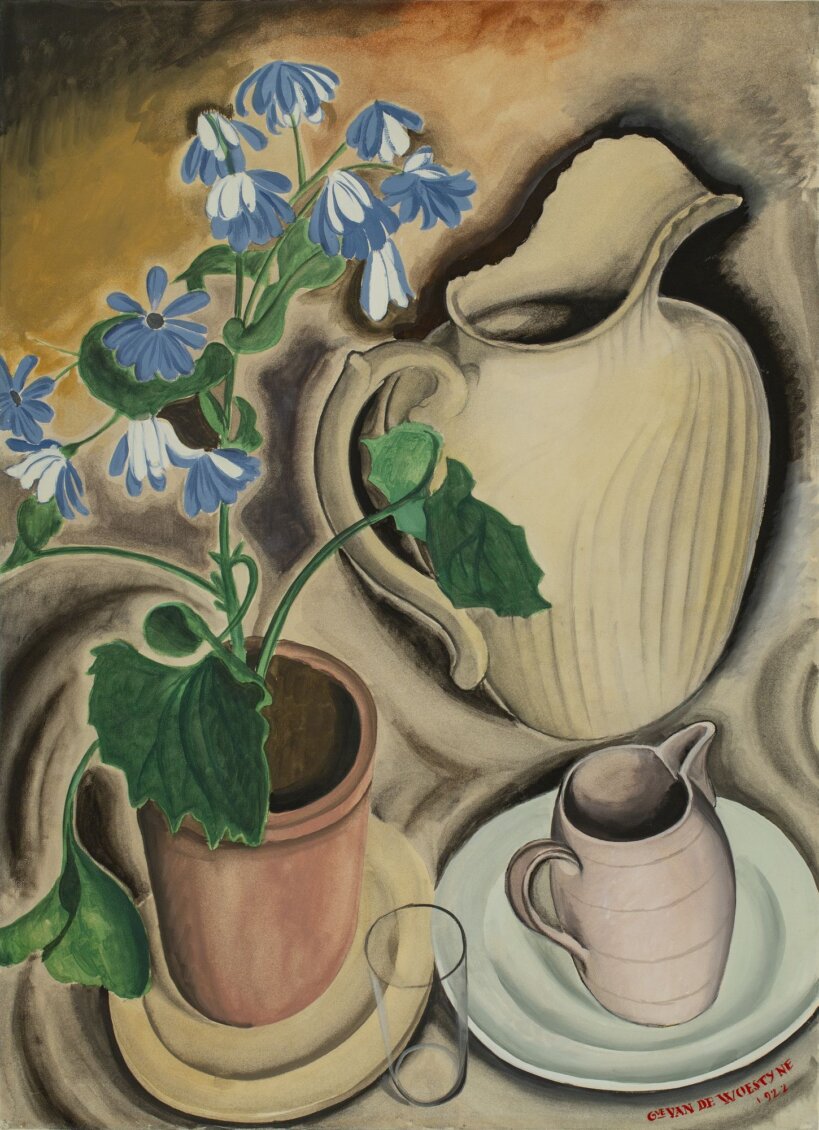La Grande Bleue. Painters of the Mediterranean
Until 7.01.24 Singer Laren
La Grande Bleue tells the story of the vast yearning for the intense blue of the Mediterranean Sea. The Mediterranean coast has exerted an almost magnetic pull on artists since 1870. Here, they imagined themselves in an earthly paradise while, in relative isolation, they struck out on new artistic paths. (langere tekst volgt)
From the MSK collection: Noon in Estérel by Emile Claus, The Straw Hat by Jean Van den Eeckhoudt, The Bay of Collioure by Willem Paerels and Pine-Tree near the Mediterranean Sea at Sunset by Théo Van Rysselberghe.
